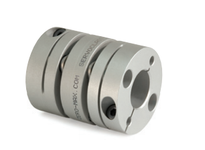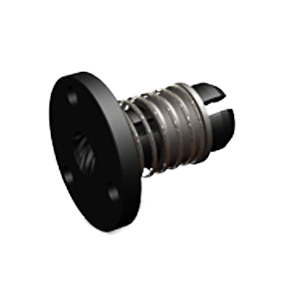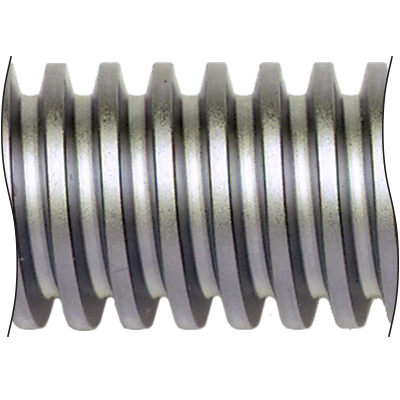- Joined
- Jan 5, 2014
- Messages
- 939
Attention servo/stepper experts.
My wife has gotten into macro photography. One of the things she's been thinking about getting is a stepper-based focus rail*. They can cost as much as a decent hobby lathe... Well, I happen to have a small 1mm pitch linear stage that should be just the ticket and I know how to make a controller/user interface for it. So, I'm wondering what sort of servo to put on it. Most commercial rails use steppers but from what I have read, they can suffer from vibration if you try to take shots while it is moving. I need to be able to control the rotation within 1/20,000 of a rotation. A 200 step x 128 or 256 micro-step stepper/driver could work. But, I also have a small BLDC motor that I could rig up but I don't know what sort of precision positioning control I can expect with that. My thinking is that it would be less vibration. I'm thinking ~Nema 17 size give or take. The positioner stage has about 100mm movement.
What kind of motor should I be looking at? Are there types of steppers that inherently vibrate less?
The other question I have is about the coupler. I want to couple the least amount of vibration from the motor. The torque will be pretty low but I need zero backlash. What are good choices here?
* Used to improve the images by automatically capturing several (or many) images at different focus points then using software to create a really sharp image with a big depth of field.
My wife has gotten into macro photography. One of the things she's been thinking about getting is a stepper-based focus rail*. They can cost as much as a decent hobby lathe... Well, I happen to have a small 1mm pitch linear stage that should be just the ticket and I know how to make a controller/user interface for it. So, I'm wondering what sort of servo to put on it. Most commercial rails use steppers but from what I have read, they can suffer from vibration if you try to take shots while it is moving. I need to be able to control the rotation within 1/20,000 of a rotation. A 200 step x 128 or 256 micro-step stepper/driver could work. But, I also have a small BLDC motor that I could rig up but I don't know what sort of precision positioning control I can expect with that. My thinking is that it would be less vibration. I'm thinking ~Nema 17 size give or take. The positioner stage has about 100mm movement.
What kind of motor should I be looking at? Are there types of steppers that inherently vibrate less?
The other question I have is about the coupler. I want to couple the least amount of vibration from the motor. The torque will be pretty low but I need zero backlash. What are good choices here?
* Used to improve the images by automatically capturing several (or many) images at different focus points then using software to create a really sharp image with a big depth of field.




